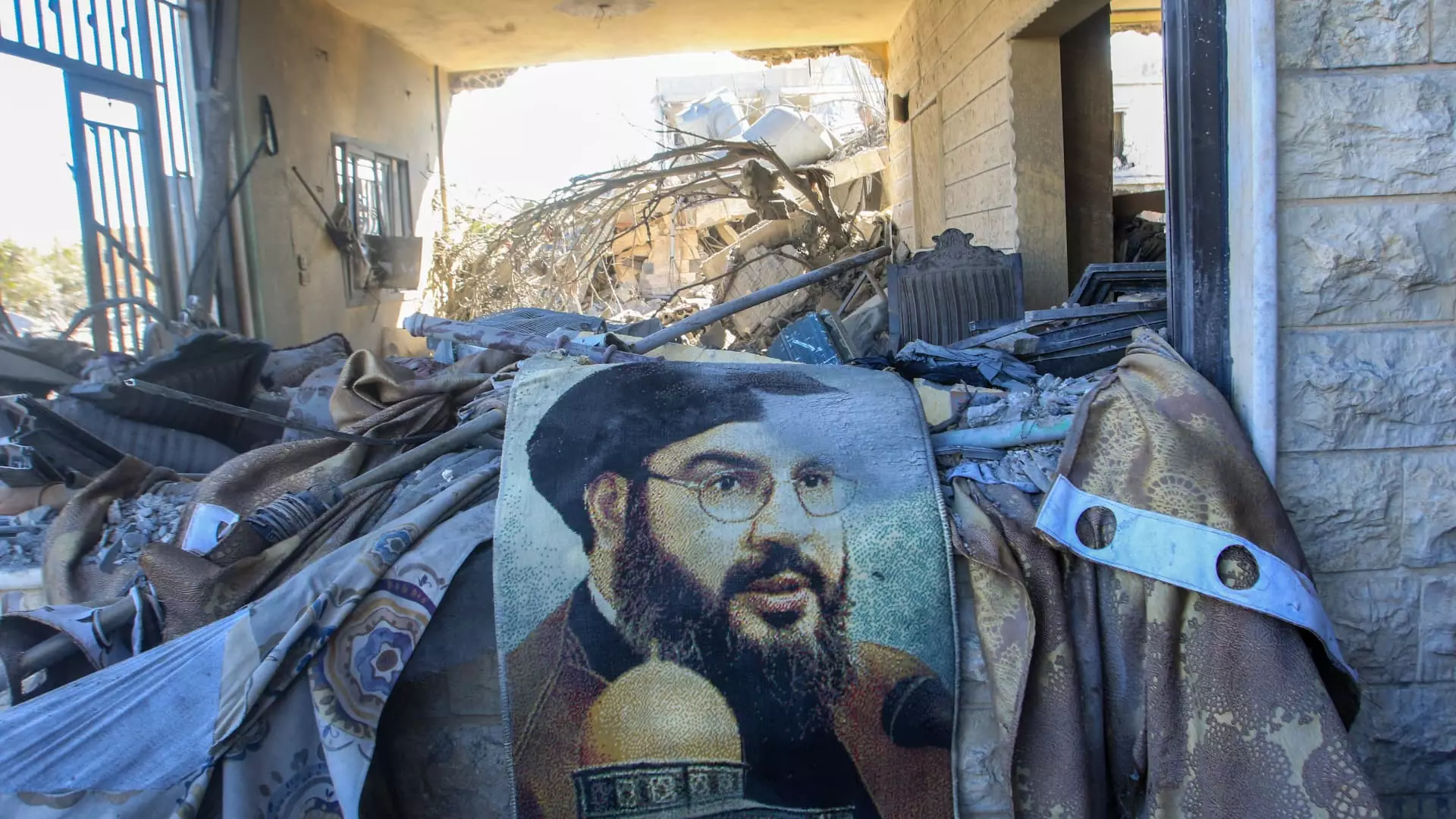The recent surge in hostilities between Israel and Hezbollah has thrown the region into disarray, particularly following an Israeli airstrike that targeted a prominent figure in the Lebanese group. The attack marks a crucial moment in the turbulent interplay of power dynamics in the Middle East, as firing increases and retaliatory measures yield losses on both sides.
The Flight of a Potential Successor
Amidst the chaos, reports have emerged regarding Hashem Safieddine, widely believed to be a potential successor to the late Hezbollah leader Sayyed Hassan Nasrallah. Since an Israeli airstrike in the southern suburbs of Beirut, Safieddine has reportedly gone silent, raising questions about his fate as Hezbollah grapples with the potential loss of another significant leader. This targeting is emblematic of Israel’s long-standing strategy of eliminating key figures within Hezbollah, which it views as a threat to its security.
Sources note that Israeli strikes have been relentless in Dahiyeh, Hezbollah’s stronghold, leaving debris and destruction in their wake while hampering rescue efforts. The inability to retrieve casualties from the site exemplifies the dire nature of the conflict and the toll it takes on civilian life, bringing to light Israel’s military objectives versus humanitarian consequences.
Heightened Israeli Military Operations
The Israeli military’s escalation of operations signals its intention to assert dominance in the region. Initial air raids targeted specific intelligence centers of Hezbollah, yet the expansive campaign has seemingly broadened to include cities like Tripoli. This shift in strategy could indicate a new phase in an ongoing conflict that had previously seen engagements largely confined to border confrontations.
The Israeli military has justified its actions, claiming they aim to protect northern communities that have faced rocket fire from Hezbollah. Nevertheless, the collateral damage resulting from these airstrikes, including civilian casualties and mass displacements, has culminated in an urgent humanitarian crisis, affecting approximately one-quarter of Lebanon’s population and complicating the geopolitical landscape.
This conflict unfolds against the backdrop of Israel’s ongoing military efforts in Gaza, where fighting has decimated cities and generated significant loss of life. Israeli airstrikes in Gaza have reportedly resulted in nearly 42,000 Palestinian casualties since the onset of the conflict, exacerbating tensions not only between Israel and Hamas but also between Israel and its regional adversaries.
Compounding the crisis is the involvement of Iran, which continues to support both Hezbollah and Hamas. As the Iranian regime faces its own challenges, including the loss of key military personnel, its aggressive posture toward Israel may prompt further hostilities. The rising oil prices, signaling fears of broader military confrontations, highlight the stakes involved in these regional dynamics, particularly as U.S. officials emphasize the importance of measured responses.
Escalating violence has immediate implications for the local populations in both Israel and Lebanon. Air raid sirens have become a regular occurrence in northern Israel, forcing civilians to seek shelter as rocket fire becomes a daily reality. In Lebanon, the aftermath of airstrikes leaves neighborhoods in ruin, furthering the cycle of violence as residents scramble for safety.
The international community remains watchful, urging caution and strategic dialogue amid rampant destruction. President Biden’s recent comments emphasize the need for Israel to weigh its responses carefully. The involvement of U.S. military officials, such as Army General Michael Kurilla, suggests an exploration of options that might mitigate conflict without escalating tensions further.
Looking Ahead: Uncertain Futures
The uncertainties surrounding both Israeli and Hezbollah strategies complicate the potential for resolution. With both parties engaged in a high-stakes game of military power, the repercussions of continued fighting loom large. The losses suffered by Hezbollah leadership coupled with Israel’s expansive military reach may herald significant changes in the group’s effectiveness and operational capabilities.
As both sides brace for what could be a prolonged confrontation, one must question the humanitarian toll that will inevitably follow. The people of Lebanon—suffering the effects of both local and foreign military ambitions—stand poised at the epicenter of a conflict that transcends mere territorial disputes, highlighting the intricate web of historical grievances and alliances that continue to shape the destinies of nations embroiled in this violence.


Leave a Reply